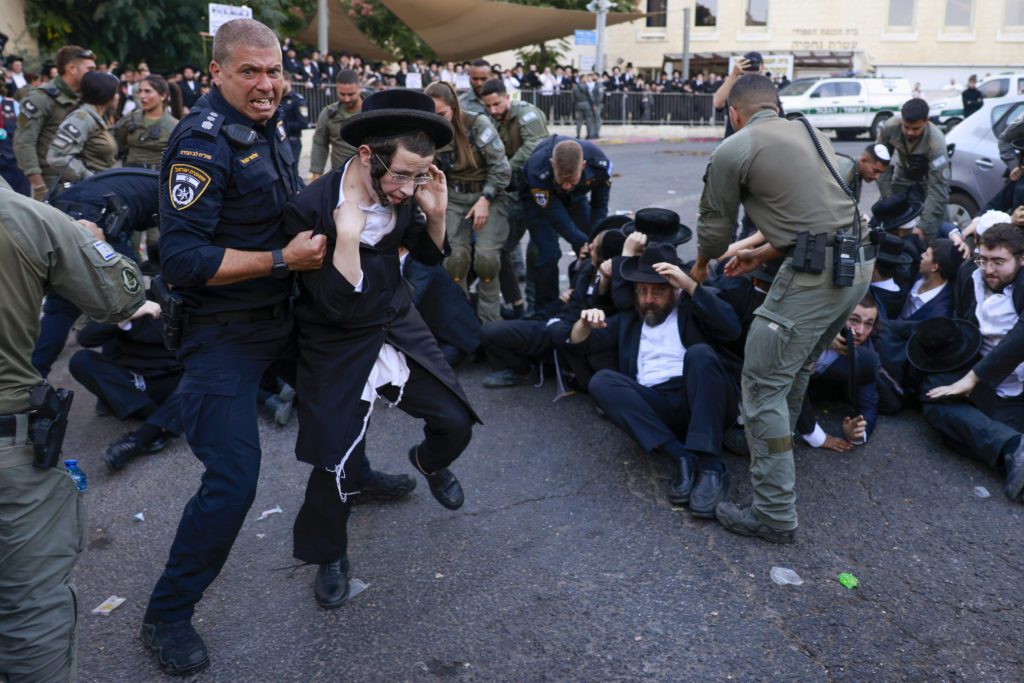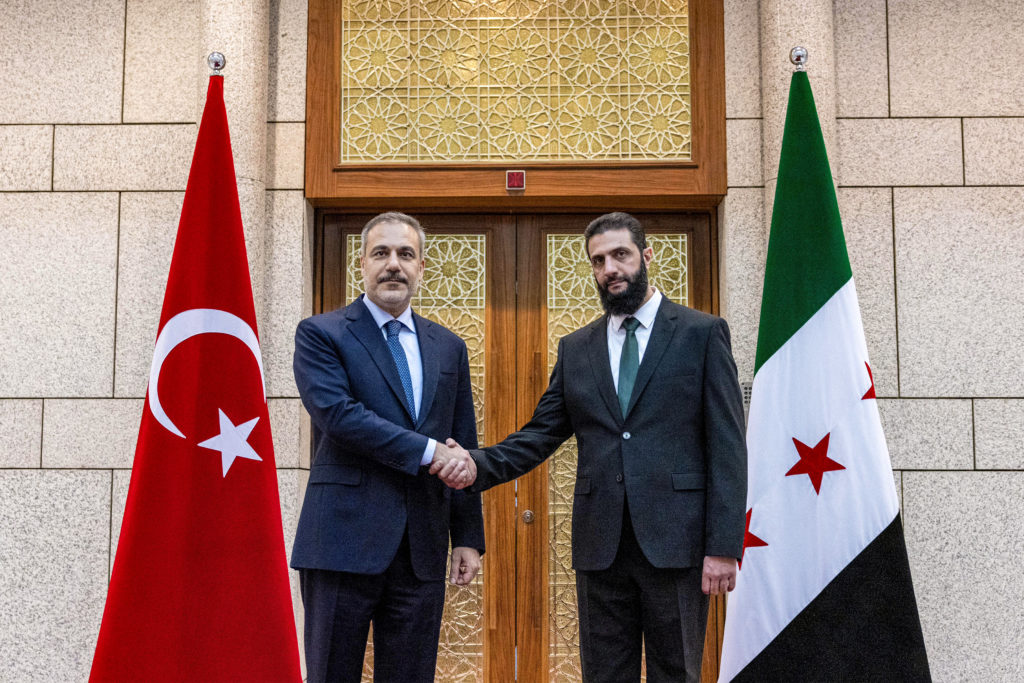Twenty-five years after its adoption, the Comprehensive Nuclear-Test-Ban Treaty has made the world a safer place, experts say, despite never being ratified and concerns over North Korea.
The Americans conducted the world’s first nuclear test in the desert of New Mexico on July 16, 1945.
Between then and September 24, 1996, when the treaty opened for signature, more than 2,000 nuclear tests were carried out, says Robert Floyd, head of the Comprehensive Nuclear-Test-Ban Treaty Organization (CTBTO), a UN body.
Since September 24, 1996 there have been only a few dozen tests, carried out by India, North Korea and Pakistan.
Nevertheless eight nuclear powers, including China, North Korea and the United States have refused to ratify the landmark treaty, preventing it from entering into force and despite increasing pressure, there is little sign that they will change their minds, analysts say.
“We’re in a much better place,” insists Floyd, an 63-year-old Australian, during an interview with AFP in his bright office on the seventh floor of one of the UN towers in Vienna.
The accord has set a “global norm against testing,” he adds. “The only country to test this century is North Korea.”
To ensure the absence of nuclear tests, the CTBTO, which operates with an annual budget of around 111 million euros ($130 million), has set up more than 300 monitoring stations around the world, which are capable of detecting the slightest explosion in real time.
– ‘Testing taboo’ –
The treaty effectively stops nuclear proliferation “by making testing taboo,” says Jean-Marie Collin of the French branch of the International Campaign to Abolish Nuclear Weapons (ICAN).
A total of 170 countries have now ratified the accord, including nuclear powers Britain, France and Russia, on the grounds that they have sufficiently advanced simulation programmes.
Still missing are Egypt, India, Iran, Israel and Pakistan, as well as China, North Korea and the United States.
Floyd said he wanted to have “a conversation” with those states about “the pathway that we can have, to get from where we are now to a point where they would ratify and we could see, for all of humanity, a legally binding ban”.
But he gave no further details about how he wants to overcome the long-entrenched impasse.
If the treaty comes into force, the CTBTO would have the power to carry out on-site inspections.
In Washington, no one since former US president Bill Clinton “has dared” to present the text to Congress because the Republicans formally oppose signing it, says Emmanuelle Maitre of the Foundation for Strategic Research.
For its part, Beijing says it is waiting for Washington.
“And it is difficult to see how North Korea could join the CTBTO if the United States and China do not do so”, Maitre told AFP.
This January, another UN nuclear-related accord, the Treaty on the Prohibition of Nuclear Weapons, came into force.
That agreement bans 54 nations who have ratified it from producing and even possessing nuclear weapons or other nuclear explosive devices.
For Floyd, it is “a sign of the increasing frustration of non-possessor states wanting to see more progress on nuclear disarmament”.











